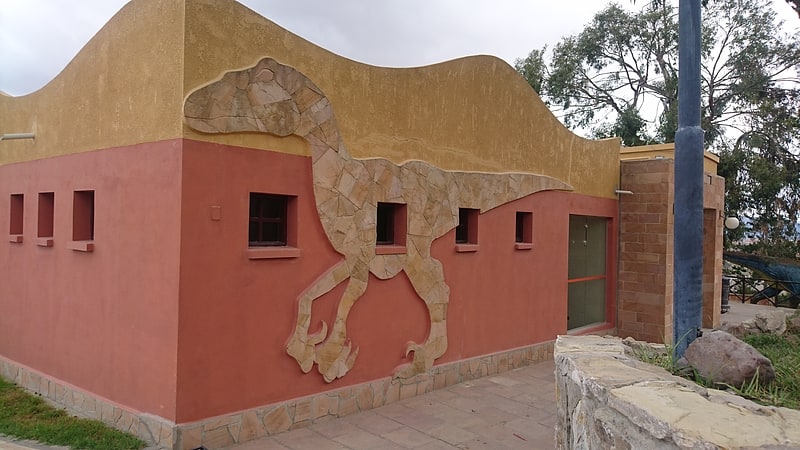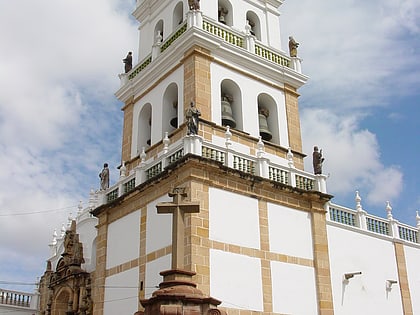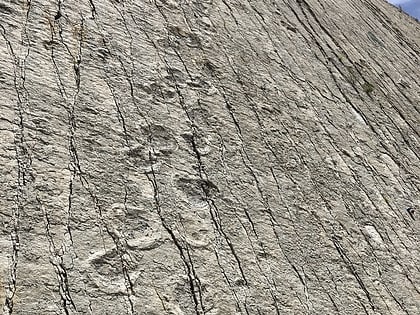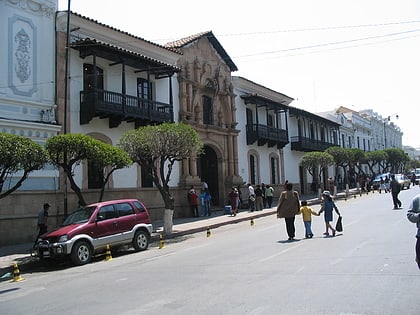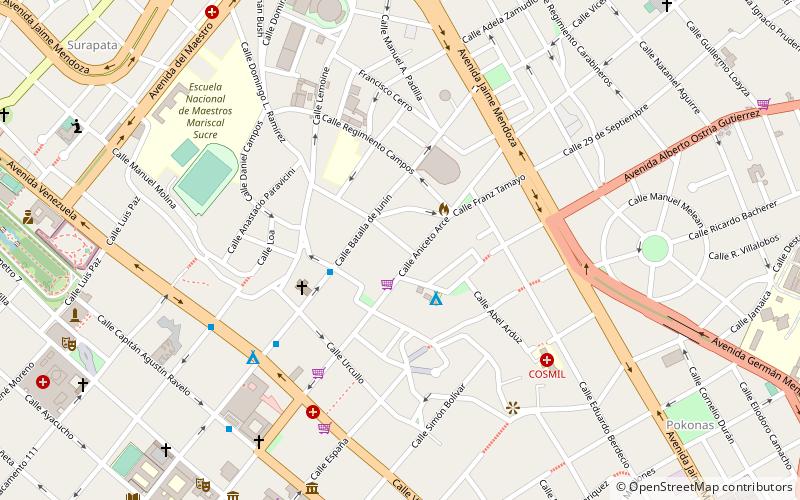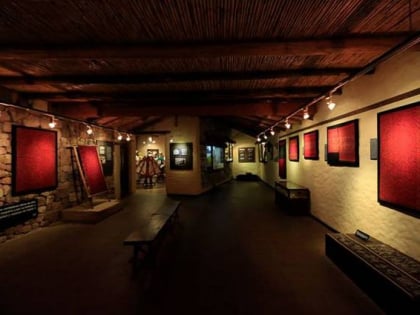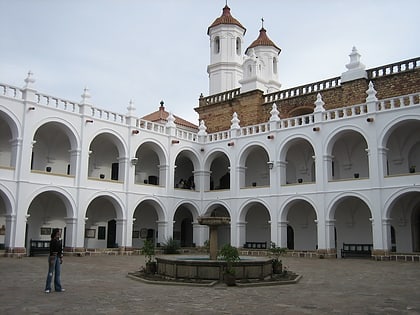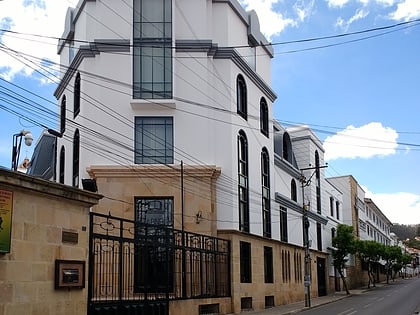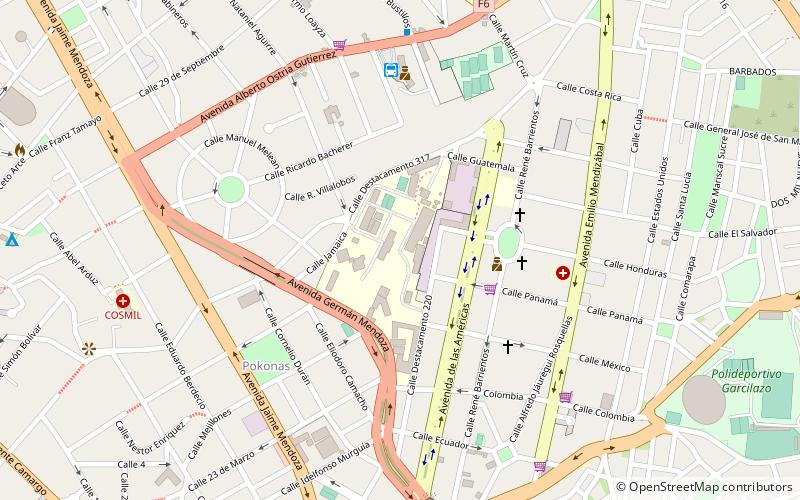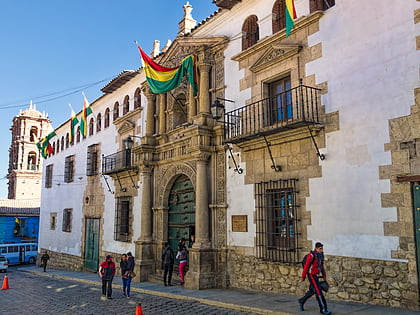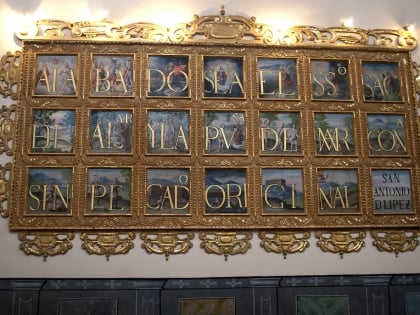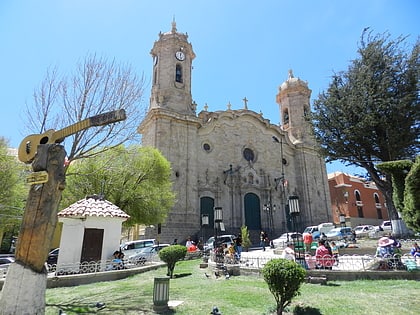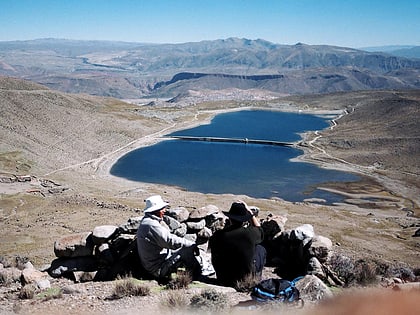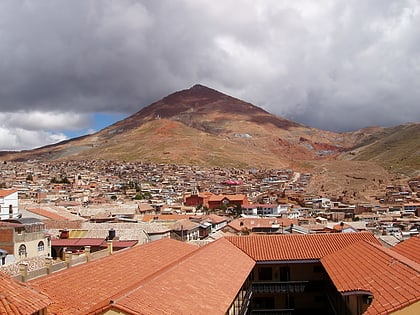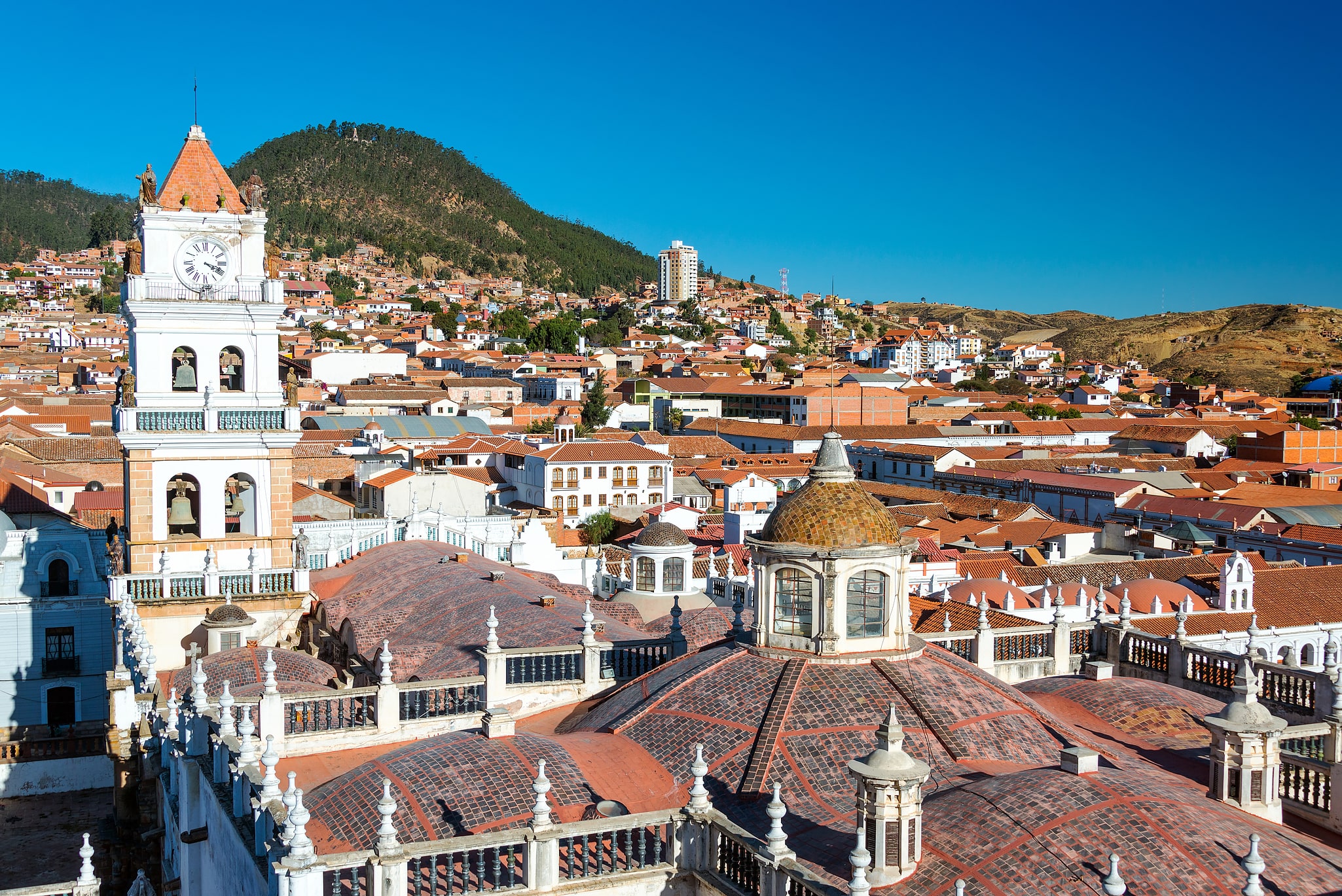
Sucre Travel Guide
Facts and practical information
Nestled in the highlands of Bolivia, the city of Sucre stands as a testament to the country's colonial past and vibrant culture. As the constitutional capital and the seat of the Supreme Court, Sucre, located in the Department of Chuquisaca, is a city steeped in history and tradition.
Sucre, often referred to as "La Ciudad Blanca" (The White City), is renowned for its well-preserved colonial architecture, which has earned it a UNESCO World Heritage Site designation. The city's historic center is a maze of whitewashed buildings, grand churches, and charming plazas that transport visitors back to the Spanish colonial era. Key landmarks include the House of Freedom, where the Bolivian Act of Independence was signed, and the Metropolitan Cathedral, an imposing structure that dominates the cityscape.
Beyond its historical allure, Sucre is a hub of cultural activity. The city hosts numerous festivals throughout the year, showcasing traditional music, dance, and costumes that reflect the rich tapestry of indigenous and Spanish influences. The Festival of Cultures and the Festival of the Virgin of Guadalupe are two such events that draw crowds from across Bolivia and beyond.
For those interested in learning about the indigenous cultures of the region, the Museum of Indigenous Art (Museo de Arte Indígena) is a must-visit. It houses an extensive collection of textiles and other handicrafts that demonstrate the skill and artistry of local artisans.
Sucre is also the gateway to prehistoric wonders. Just a short distance from the city is Cal Orck'o, home to the largest collection of dinosaur footprints in the world. This paleontological site offers a unique glimpse into the ancient past and is a fascinating excursion for families and science enthusiasts alike.
Culinary explorers will find Sucre's food scene to be a blend of traditional Bolivian flavors and international influences. Local markets, like Mercado Central, are perfect spots to try regional specialties such as "salteñas" (savory pastries) and "chicharrón" (fried pork). The city is also known for its chocolate production, with several artisanal chocolatiers offering tours and tastings.
Lastly, Sucre's temperate climate and lower altitude compared to other Bolivian cities make it an ideal destination for travelers seeking to acclimatize or simply enjoy the pleasant weather.
Sucre Attractions - What to See and Explore
Sucre offers many attractions and places to visit. Here are the most important ones: Parque Cretácico, Metropolitan Cathedral of Sucre, Cal Orck'o, Casa de la Libertad. Below you will find a complete list of places worth visiting.
Sucre – popular in the area (distance from the center)
In the vicinity of Sucre, it's worth seeing attractions such as: National Mint of Bolivia (Potosí), Museo del Convento de Santa Teresa (Potosí), Cathedral Basilica of Potosí (Potosí).
Best Time To Visit Sucre
Learn when is the best time to travel to Sucre weather-wise and what to expect in each season.
